Trekking the Great Wall of China
The Great Wall of China can be visited at many places along its length of over six thousand kilometers. Its condition ranges from excellent, at the sections that are closer to Beijing, to ruined or almost destroyed. The same goes for walking on the wall, the access might seem easy on some sections or extremely difficult and even dangerous on others.
Different sections have their own admission fees, so if you want to hike from one section onto another, you probably have to pay twice. Its construction is traditionally associated with the reign of the first emperor, Qin Shi Huang Di in the 2nd Century B.C., but the wall that tourists see today is a more recent one, dating back to the Ming Dynasty.
The first wall was built with the purpose to defend the northern borders of the empire against attackers that threatened the stability and integrity of ancient China. As these attacks have been constant along with history, so were also the plans of continuing and improving the construction of other walls, which gave birth to an incredible and spectacular engineering wonder.
While the longest part of the Great Wall lies in the desert regions of the country, it is the area around Hebei and Beijing that most tourists associate with the Great Wall and that is usually shown in pictures.
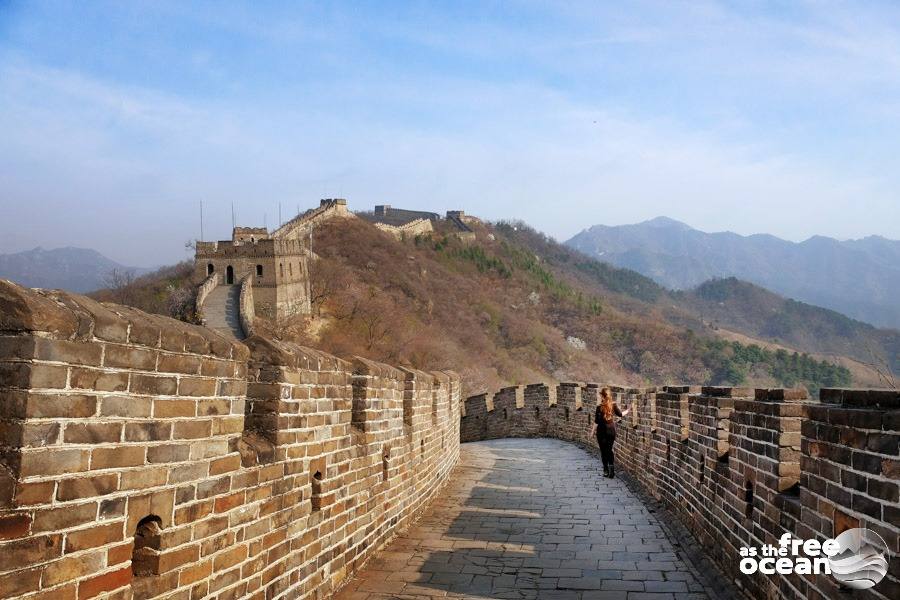
The “modern” Wall of China
The “modern” wall is the result of more recent historic facts and the most popular part of it is divided into few sections that are open to tourism. On many other sections, the access on the wall is prohibited due to the unsafe conditions, which are not stopping daredevils to venture out and explore them.
Badaling, Juyongguan and Mutianyu (find here more details about how to reach the Mutianyu section) are the closest to Beijing and fairly well restored, but also more crowded. Jiankou is the most challenging and wild, which makes the hike on this section also dangerous but exciting. The most popular for hiking is the half unrestored section Jinshanling, which leads the path towards the Simatai section, the only one where visitors can experience night tours.
A particular experience is offered by the hike on the Huanghuacheng section, where, apart from the magnificent view of the wall, visitors can admire a beautiful lake scenery.
Choosing the right time and place
From the western deserts to the eastern sea, the Great Wall is impressive wherever you might want to visit it. The sections around Beijing are the easiest to include in your itinerary while visiting the capital of the People’s Republic of China. But since many other tourists plan to do so, it is important to organize your trip very well. Avoid peak season and Chinese national days, otherwise trying to see the Great Wall might turn in seeing the Great Crowds. There are many villages along the wall and finding a place for the night and food is easy, so if you are one of the lucky ones that have more time in China, we recommend exploring different sections, including the ones that are more difficult to access and farther from the tumult of touristic activities.
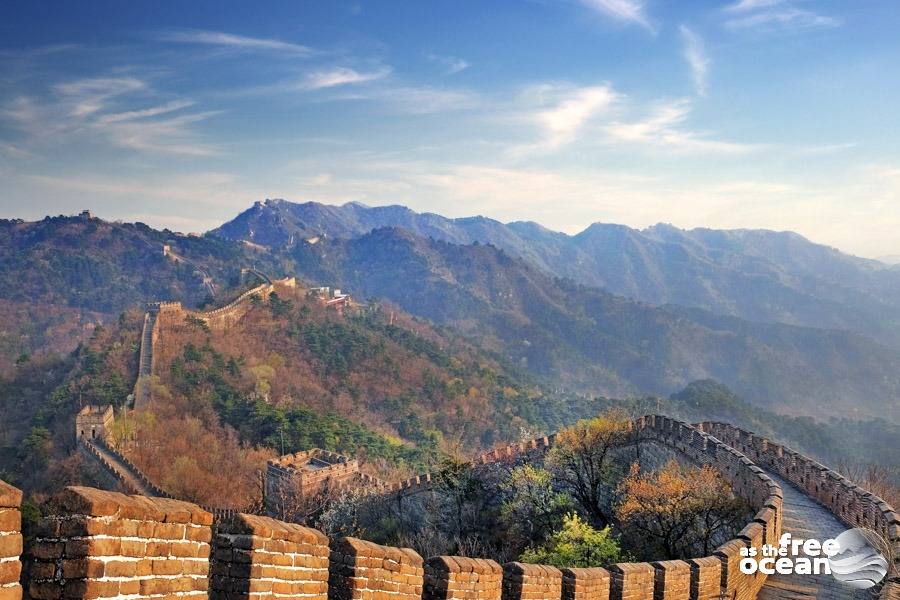
Because choosing the right section to start on is difficult, we included bellow a map that shows popular sections of the wall and a summary of all main sections that stretch across China. We felt lucky enough to have experienced even just little of what exploring the Great Wall is about and left with the desire to explore more sometime in the future.
– Click here to open the image in high-quality resolution –
Check out our gallery for more pictures of our experience on the Great Wall.

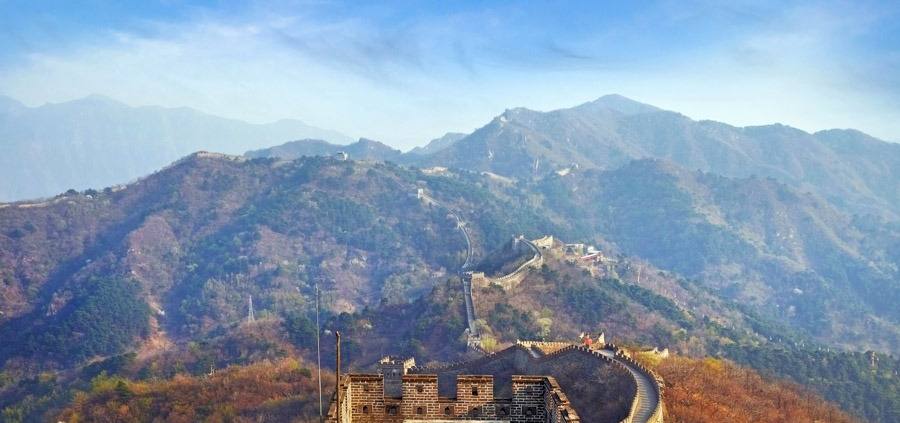
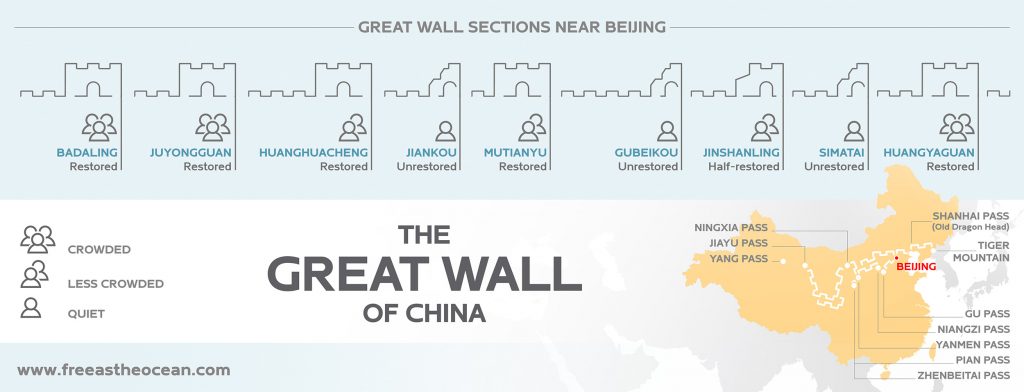

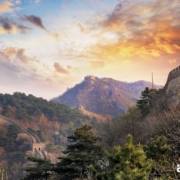
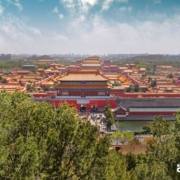
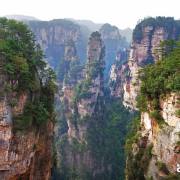
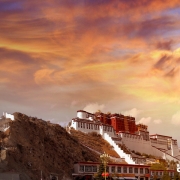
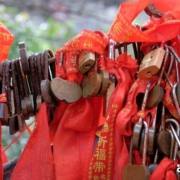


Leave a Reply
Want to join the discussion?Feel free to contribute!